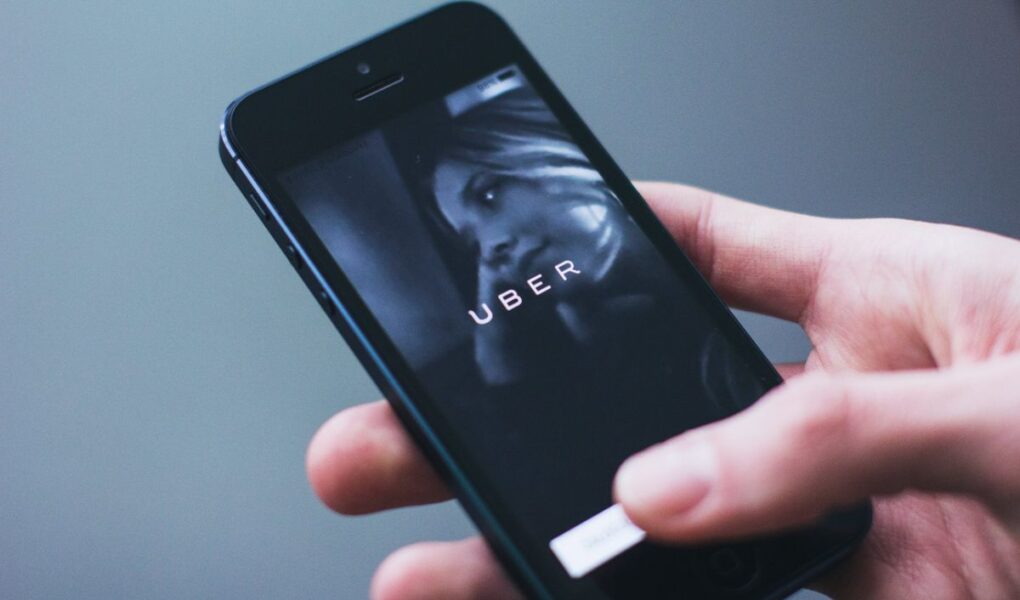The rise of rideshare services like Uber and Lyft has transformed the way we commute, offering convenience at our fingertips.
However, beyond the ease of tapping an app for a ride lies a darker reality – the prevalence of sexual assault cases associated with rideshare companies. Unfortunately, such incidents are not isolated cases. Reports of sexual assault during ridesharing journeys have become alarmingly common, casting a shadow over the convenience offered by these services.
Uber, a popular ridesharing service, is being sued by individuals who were victims of sexual assault and other forms of sexual misconduct by their Uber drivers. The lawsuit raises concerns about the safety of passengers, particularly women, and the responsibility of ridesharing companies to protect their customers.
This blog aims to shed light on the significance of Uber sexual assault lawsuits, providing crucial insights for passengers who may be unaware of the legal battles shaping the safety landscape of ridesharing.
Table of Contents
Uncovering the Facts and Numbers
To understand the gravity of this situation, it is imperative to look at the stark facts and numbers.
Recent statistics show a concerning trend, indicating that sexual assaults during rideshare trips are more common than people think. According to a 2019 CNN probe, over 100 Uber drivers in the US have been accused of sexually assaulting or abusing passengers. The investigation also found that Uber received nearly 6,000 reports of sexual assault in the US between 2017 and 2018.
As per Uber’s 2020 safety report, the number dropped to around 3,800. Moreover, the report included 141 cases of rape, which was a drop-off compared to 2019 when 247 cases were reported. But, this decline wasn’t due to Uber’s security measures. Rather, it was due to attributed to the pandemic, which nearly wiped out the company’s ridership. These alarming numbers highlight the need for improved safety measures and accountability from ridesharing companies.
In addition to Uber, other ridesharing companies like Lyft have also faced lawsuits alleging sexual assaults by their drivers. According to Lyft’s first safety report, the company received over 4150 sexual assault reports between 2017 and 2019. Among these, there were 350+ incidents of rape and 10 deaths due to physical altercations. Following this report, the company announced in March 2021 that it would publicize the drivers involved in severe safety accidents.
These numbers demonstrate the scale of the issue and the need for ridesharing companies to take action to prevent sexual assaults and protect their passengers.
Understanding the Lawsuit
While the mainstream news media focus on terms like “negligence” and “damages,” the legalities surrounding the Uber sexual assault lawsuit are more complicated than it seems. So here’s a quick breakdown:
Claims against Uber: These lawsuits allege that Uber failed its duty to protect passengers from foreseeable harm. This involves inadequate driver background checks, a lack of training on harassment prevention, or inadequate response protocols for reported incidents.
Types of damages sought: Victims can seek compensation for physical and emotional injuries, lost wages due to trauma-related absences, and medical and therapy costs. Punitive damages, aimed at deterring future negligence, are also an option in serious cases.
Challenges and complexities: Legal battles are rarely straightforward. Victims may face challenges like gathering evidence, overcoming emotional trauma, and navigating complex legal procedures.
Importance of legal support: Seeking legal counsel can be crucial for navigating the complexities of lawsuits, understanding available options, and securing fair compensation.
Beyond individual outcomes: Regardless of individual case outcomes, the Uber lawsuits play a vital role in holding companies accountable, driving industry-wide safety improvements, and shaping legal precedents for passenger protection in the gig economy.
Latest Uber Lawsuit Updates
The latest updates on the Uber sexual assault lawsuits reveal a significant development in the legal landscape.
On October 4, 2023, the US Judicial Panel on Multidistrict Litigation (JPML) made a landmark decision to consolidate nearly 80 individual lawsuits into one multidistrict litigation (MDL). This MDL numbered 3084 will be based in the Northern District of California, with Judge Charles R. Breyer providing the oversight. This streamlines pretrial proceedings, facilitates efficient evidence gathering, and potentially paves the way for a more impactful collective voice for victims.
Following this consolidation, Uber filed a petition in November 2023, asking the US Court of Appeals for the Ninth Circuit to reconsider this consolidation. Uber hopes to overturn this consolidation, as it believes that the lawsuits are a result of injuries that were caused by third-party individuals. The petition is being considered, and, as a result, Uber has requested the court to pause all the related MDL proceedings.
This means about 150 related lawsuits across 15 districts will remain unresolved as we head into February. The MDL holds massive potential, as legal pressure and societal outcry have forced Uber to implement new safety measures.
While the journey towards comprehensive safety is ongoing, these developments offer a glimmer of hope for a future where ridesharing journeys are truly safe for everyone.
Commonly Asked Questions
Q1. Who can file an Uber sexual assault lawsuit?
If you were sexually harassed or experienced any type of sexual misconduct as an Uber passenger, you can file a lawsuit. Reach out to a lawyer, as the process is complex and it can help maximize your chances of securing the compensation you deserve.
Q2. For which types of misconduct can you sue Uber?
According to TorHoerman Law, anyone who has experienced sexual harassment or unwanted sexual advances can sue Uber. You can also sue if you’ve experienced:
- Inappropriate sexual encounter
- Involuntary sexual activity
- Rape
- Unwanted touching without consent
- Unwanted kissing without consent
- Inappropriate exposure
- Abduction or kidnapping involving sexual abuse or threats of physical harm
- Other forms of sexual abuse
Q3. Is there any deadline to file an Uber sexual assault lawsuit?
Usually, there is a time frame within which you have to file a lawsuit. This is called the statute of limitations. For cases involving sexual abuse and assault, it is between 2 and 10 years. However, it varies from state to state.
Your best option is to consult a quality lawyer, as the legal proceedings can get complex as the lawsuit moves forward.
In conclusion, as we navigate the complex terrain of Uber sexual assault lawsuits, it’s evident that these legal battles extend far beyond individual cases.
They serve as a reminder that we need industry-wide change, and hold rideshare giants accountable for passenger safety. The alarming statistics and ongoing legal developments also highlight the urgent need for improved safety measures. While the journey toward comprehensive safety continues, the recent consolidation of lawsuits signifies a potential turning point.
As we await further legal proceedings, there’s hope for a future where rideshare journeys are marked by security, accountability, and a commitment to protecting every passenger.




